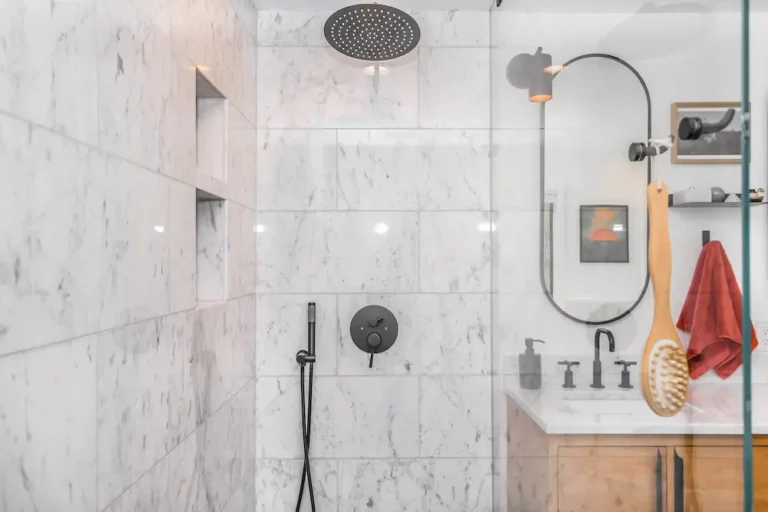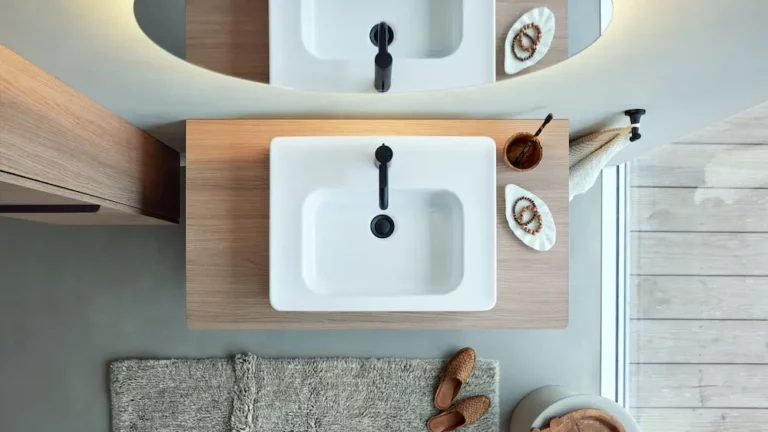How Can I Stop My Door From Slamming?
There’s hardly a space in the house without doors. From the main entrance in the house to other rooms located in the house, we use doors, either temporary or permanent.
In addition to doors promoting privacy, they provide a feeling of comfort and safety to the occupants of the house. However, doors can be tricky. The doors that were once dedicated to easily opening and closing could suddenly become difficult to operate, stop functioning, or slam. A slamming door can be frustrating, especially when hurrying to step out. Nonetheless, this isn’t the end of the road or, in this case, the door.
This article addresses all the issues concerning door slamming, ways to prevent a door from slamming, and slow-close mechanisms you can employ while using your doors. Read along as we enlighten you.
Causes of Door Slamming
The obvious reason for a slamming door usually results from a household occupant exerting more force than is necessary for closing the door. However, other reasons could result from the following:
- Wind or Aggressive Air Current
When a window or door in the house is open, pressure changes could occur. And depending on how aggressive the air current is, it could be enough to slam a door.
- Technical Issues
A door slamming could also result from a technical issue with the door or the door bolt. Also, a door that isn’t perfectly vertical could slam shut when left open.
- Worn out Hinges
If the hinges of a door are imbalanced, worn out, not properly installed, or damaged, it could cause the door to slam shut on its own. Improperly installed door hinges can also cause an imbalance on the door, accruing more weight to one part of the door than the other, which eventually results in a slamming door.
How To Stop a Door From Slamming
Door slamming can be stopped or curtailed using felt pads or fixtures on the door. In official settings, slow-close mechanisms are used to slow a door’s movement, effectively preventing door slamming. Below are several ways you can prevent your door from slamming.
- Resolve technical issues
To know if your door’s hinges are properly installed, open the door to a 90-degree angle and set a level against the latch. If the door isn’t perfectly leveled, tighten the screws in the hinges until they are secure. If your door slams after this, you might need to replace the hinges.
- Use felt pads
A felt pad is a small round or square pad of felt that can be fixed to doors or other objects. With their anti-scratch properties and soft padded foams, felt pads can form a cushion between two objects.
To stop a door from slamming, attach a felt pad to the edge of the door frame, place another felt pad above the door handle, and another felt pad to the lock. You can also attach small felt pads to the strike plates if needed.
Additionally, self-adhesive felt pads are available for immediate use and easily attached to door frames. When installing the felt pads, ensure not to impact the door’s ability to close fully. Felt pads are most effective on lighter doors; the weight and strength of solid-core doors make felt pads less effective.
- Doorstop
A doorstop is another effective way to prevent doors from slamming. They are designed to keep open doors from closing for as long as necessary. However, using a doorstop is somewhat difficult when you want to close the door because the doorstop sticks out from under the door, which could result in home accidents.
- Pneumatic door closer
A pneumatic door closer is a slow-close mechanism that can be fitted to your door to prevent your door from slamming. This device, in the form of a cylindrical tube, is usually attached to the door frame and edge of the door to prevent it from forcibly closing.
- Door silencer
This is usually seen on heavy steel doors in schools and hospitals. A door silencer is a small cone-shaped piece of rubber material with a flat circular backing, suitable for both lightweight and heavy steel doors.
- Finger pinch guards
Finger pinch guards are also excellent options for preventing doors from slamming and protecting baby fingers from damage when the door closes. They are easy to install at home, requiring no special skill or technique.
Simply attach a six-pack finger pinch guard and place them above the door handle, over the hinges, or anywhere along the door edge.
- Weather-stripping kit
A weather-stripping kit is another good slow-close mechanism for heavier, massive doors. To install, clean the door frame and measure the space between the door frame and the door. Cut a strip of material and glue it to the door to seal any gaps, stop drafts from entering your room, and provide soundproofing.
Moreover, you won’t need professional help or the services of a handyman to install it since it is quite a quick and effortless job and can easily be done at home.
- Door closer
Attaching the air-powered piston between the door edge and the frame will help the door close slowly. For your door closer, choose the model with adjustable speed and pressure so you can control how your door closes. The rate of closing is usually determined to the last ten degrees precisely.
Conclusion
The mechanisms listed above are ways to effectively slow-close a door and prevent it from slamming. Suppose your door still slams continually after utilizing any of the mechanisms above. In that case, it’s time for you to replace the hinges, change the door entirely, or try other door alternatives.
Also, ensure that you consider your type of door, in terms of weight and strength, before opting for any of the solutions listed since some of the devices are suitable for lightweight doors and others for heavy, massive doors.



